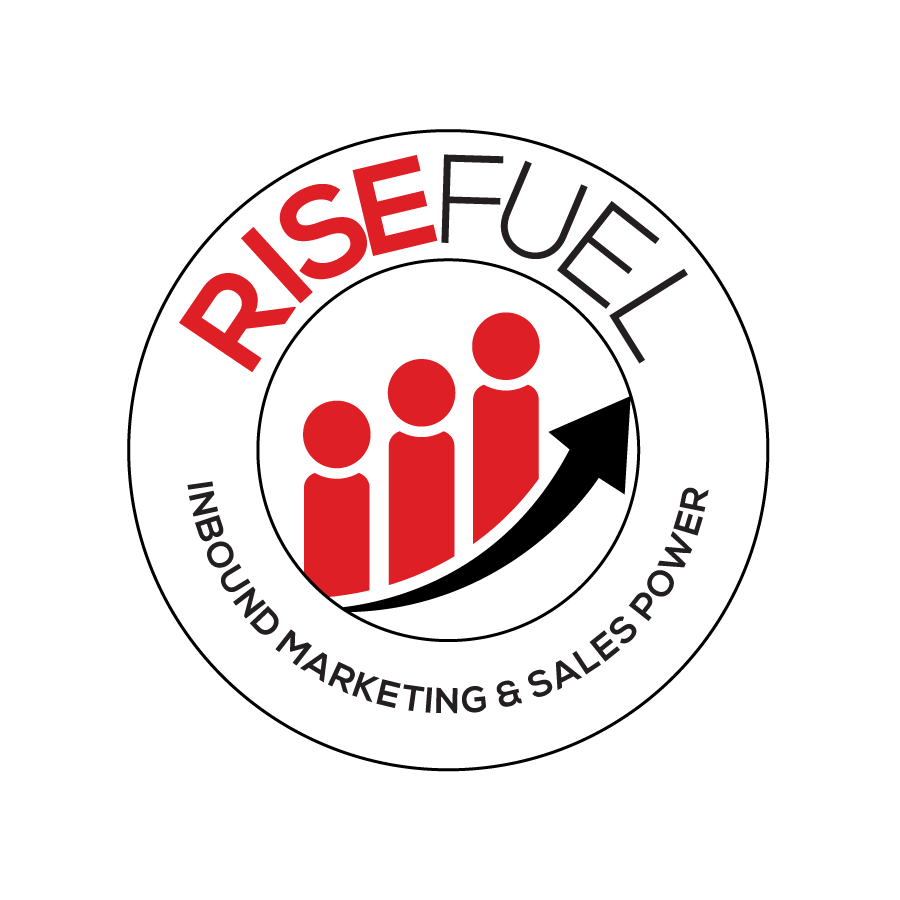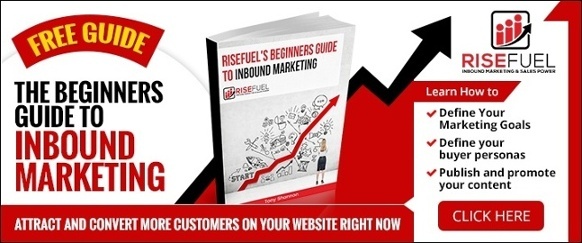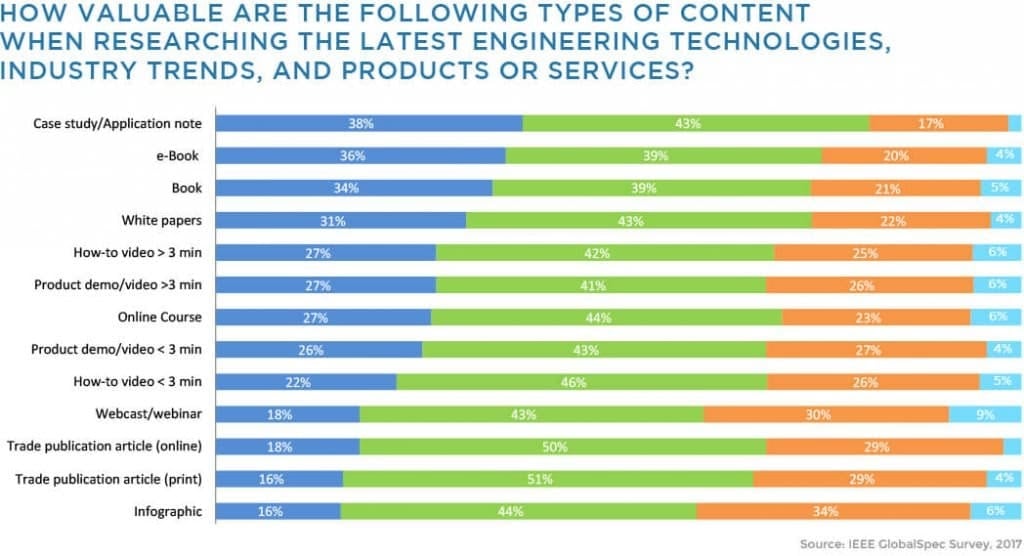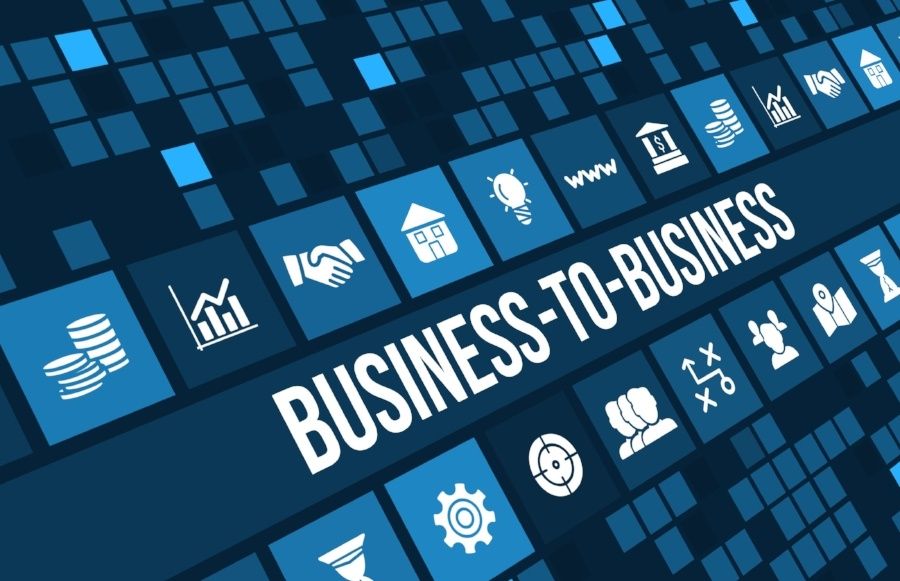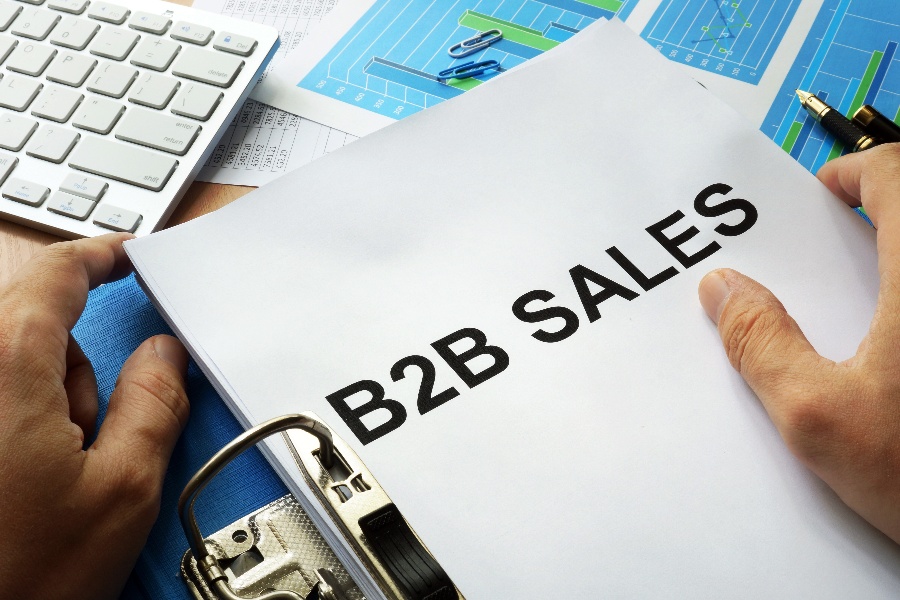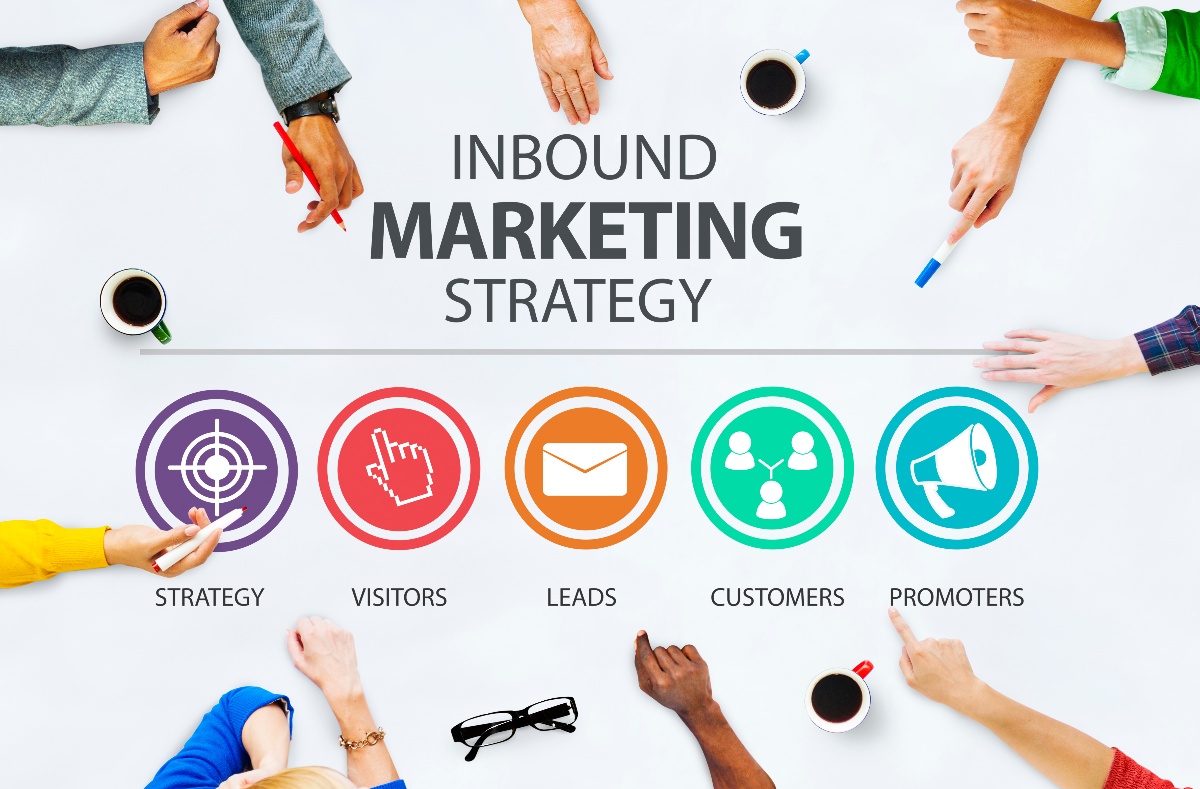
In the fast-paced digital landscape, businesses are continually searching for effective marketing strategies to engage and convert potential customers. B2B inbound marketing has emerged as a powerful approach, helping businesses attract, engage, and nurture leads through valuable content and personalized experiences. In this article, we'll delve into the world of B2B inbound marketing strategy, unravel its key components, and explore how it can transform your business.
B2B inbound marketing is a customer-centric approach that focuses on attracting and engaging prospective clients through valuable content and experiences.
Unlike traditional outbound methods that rely on interruptive advertising, B2B inbound marketing aims to build trust, establish thought leadership, and drive qualified leads to your business.
Key Components of B2B Inbound Marketing Strategy
Buyer Persona Development
The foundation of any successful B2B inbound marketing strategy is a deep understanding of your target audience. By creating detailed buyer personas, you can identify the pain points, challenges, and goals of your potential customers. This knowledge enables you to tailor your content and messaging to resonate with their needs.
Content Creation and Optimization
Valuable content lies at the heart of B2B inbound marketing. By producing high-quality blog articles, whitepapers, videos, case studies, and more, you can establish your brand as a trusted authority in your industry. Content should be optimized for search engines to improve visibility and attract organic traffic.
Search Engine Optimization (SEO)
Implementing SEO best practices ensures that your content is discoverable by search engines and reaches your target audience. By conducting keyword research, optimizing meta tags, improving website speed, and building quality backlinks, you can increase your search engine rankings and generate more organic traffic.
Lead Generation and Conversion
B2B inbound marketing revolves around capturing and nurturing leads. Effective lead generation tactics include creating compelling calls-to-action (CTAs), landing pages, and lead magnets such as ebooks or webinars. By strategically placing these elements throughout your content, you can entice visitors to provide their contact information, transforming them into leads.
Marketing Automation and Lead Nurturing
Marketing automation tools enable businesses to nurture leads at scale and guide them through the buyer's journey. By utilizing email marketing, personalized drip campaigns, and targeted content, you can deliver relevant information to prospects, build trust, and move them closer to making a purchase.
Social Media Engagement
Social media platforms provide a valuable avenue for B2B inbound marketing. By establishing a strong social media presence, sharing your content, engaging with your audience, and participating in relevant industry discussions, you can amplify your brand reach and attract more leads.
Data Analysis and Iteration
Continuous improvement is essential in B2B inbound marketing. By analyzing data and key performance indicators (KPIs) such as website traffic, conversion rates, and engagement metrics, you can gain insights into what works and what needs refinement. This data-driven approach allows you to make informed decisions, optimize your strategies, and achieve better results over time.
B2B inbound marketing strategy is a powerful and customer-centric approach to attract, engage, and convert leads. By understanding your target audience, creating valuable content, optimizing for search engines, generating and nurturing leads, leveraging social media, and analyzing data, you can establish a strong online presence and drive meaningful business growth.
Embrace the potential of B2B inbound marketing strategy, and unlock new opportunities for your business in today's digital landscape.


